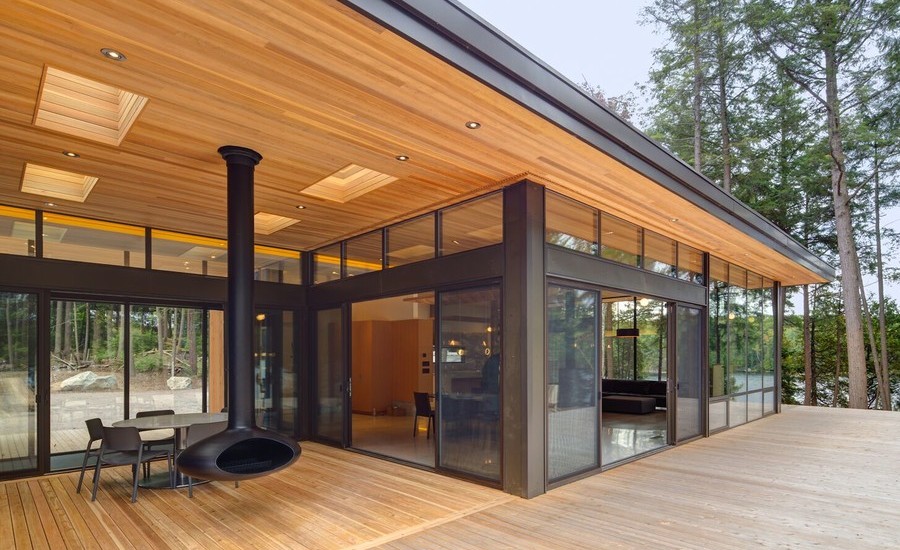Gooseneck lighting (also known as barn lighting) is beloved for its elegant style and functionality. They see wide use in commercial and residential spaces alike. However, that unique design that people find so attractive comes with some special considerations, especially when first installing these fixtures.
But there’s no reason to worry if you have your heart set on a special fixture! In this post, we’ll go over everything you need to know to get the most out of your gooseneck lamps to get the best decor results.
Shade
Gooseneck lighting shades come in various styles, ranging from rustic to modern. Finding one that matches the look you’re going for should be a piece of cake. However, shades are about much more than catching one’s eye and looking great.
Shades serve to focus and direct a lamp’s light. Traditional bedside lamps do this by blocking most of the light, not being cast directly up or down.
Gooseneck lighting shades are slightly different because they aren’t nearly as large. However, their shapes can direct light into many angles, giving you greater control of the light’s concentration.
To see some of the most popular gooseneck shade designs, visit https://www.ledspot.com/sign-gooseneck-lighting/gooseneck-sign-lighting/.
Placement
Where you intend to place your fixtures will inform the other decisions you make during installation. During the planning stage, ask yourself these questions:
• What do I want my lighting to do? Are you looking for a simple way to illuminate a room, or do you want to highlight signage or an emergency exit?
• How many lights do I need to achieve this? A large, open space will require more lights, whereas a small room should only need one.
• How easy or difficult will it be to wire in this position?
Take time to consider your answers before moving on.
Installation Height
Gooseneck lighting is designed to hang high in the air, but precisely how high up you should install it depends on what you’re lighting and how much space you’re working with.
While figuring out the final measurement isn’t an exact science (and will vary with other factors such as the brightness of the lamp’s bulb and its shade), there is a simple rule: the more you need to illuminate, the higher it should be.
Let’s say you want a porch light that will brighten your deck. Installing your lamp several feet above your door will cast the light further and cover more space.
Now imagine you instead install the lamp only a foot above the door itself. You’ll cast more light directly on the doorway but cover less porch space.
Keep in mind that the length of your lamp’s arm will also affect how the light will spread out. Longer arms are ideal for larger surface areas, whereas shorter arms are excellent for brighter light in more focused spots, such as entranceways.
Bulb Type
The last of your considerations should be what type of bulb you want to use in your lamp. Gooseneck fixtures can work with LED, incandescent, and fluorescent light bulbs.
Ultimately, what you choose will come down to personal preferences, but Energy.gov explains that LED lights last longer and use less energy. They’re currently the best option for those worried about cost efficiency and environmental impact.
Fluorescent bulbs use less energy than their incandescent counterparts and are better at lighting large areas.
Incandescent bulbs hold no real advantages and will soon vanish from the marketplace. However, some prefer them for their “classic” look.
Regardless of which type of bulb you choose, take note of its wattage and don’t exceed it. Doing so could damage your lamp or even destroy the bulb itself.
Designing Your Space with Gooseneck Fixtures
Choosing to install gooseneck lighting is a great way to brighten your home or business, but doing so correctly requires careful planning. Think about your needs before you buy or install them, and you’ll enjoy your lamps for years to come.


















